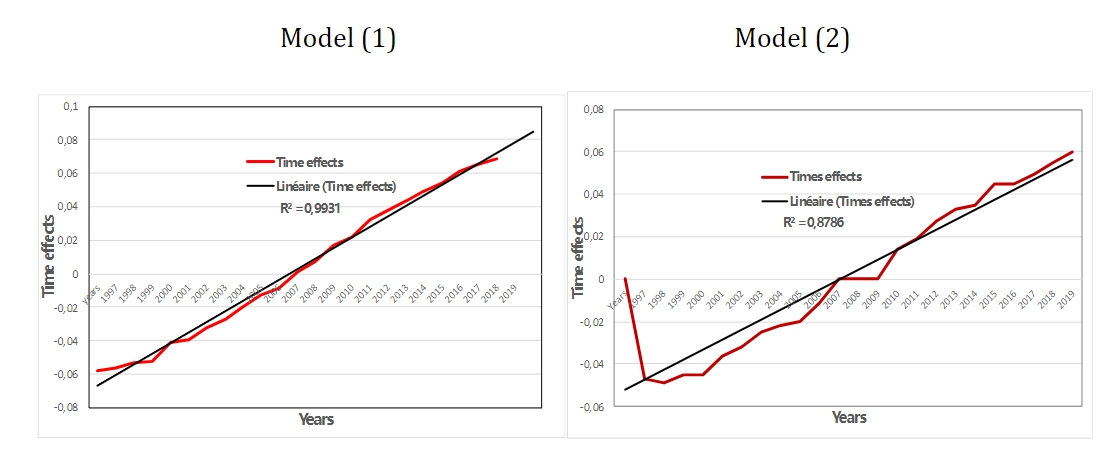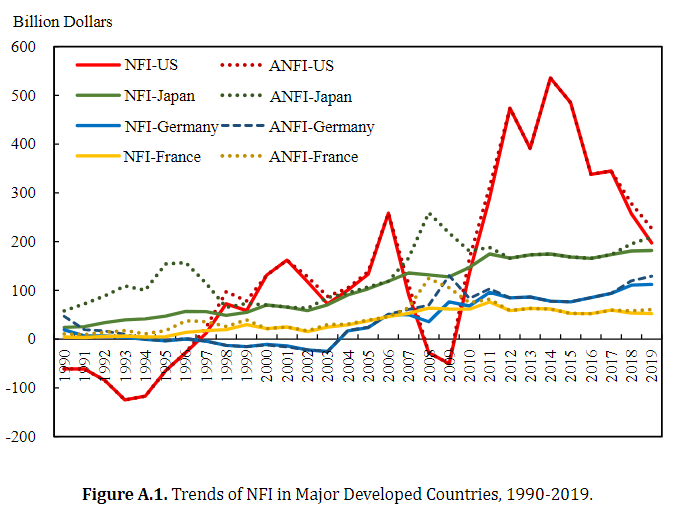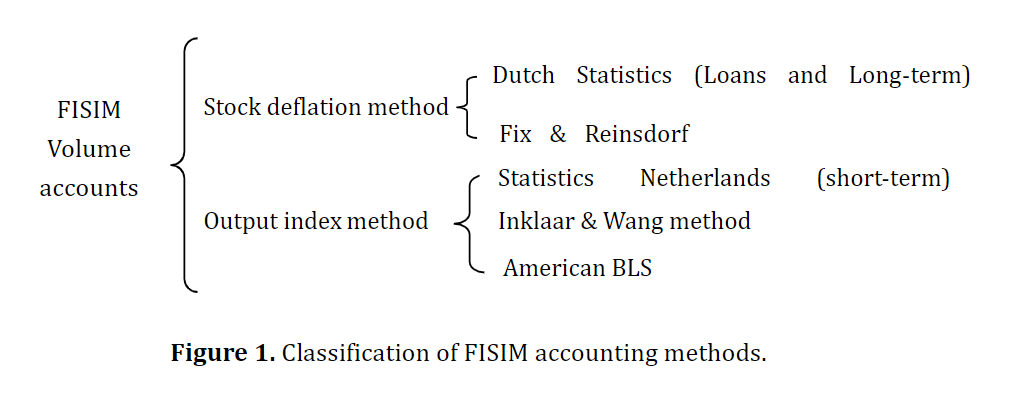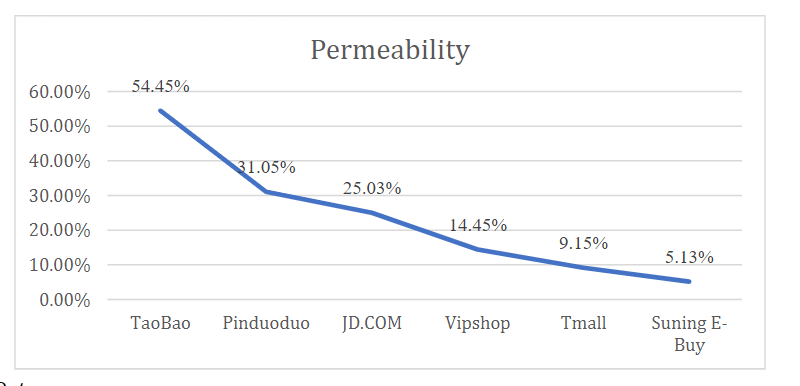Performance evaluation of user value in digital economy industry: Based on the improvement EVA model
Abstract
With the advancement of science and technology and the advent of the digital economy, the digital economy has become a new driving force for economic development, and the digital economy industry at home and abroad is facing new opportunities for survival and development. However, due to the special development model and profit mode of the digital economy industry, the traditional performance evaluation method is no longer applicable, so it is particularly important to improve the previous performance evaluation method. This paper first adjusts the customer value assessment (CLV) model according to the characteristics of the digital economy industry, and then analyzes the traditional EVA based on the adjusted user value assessment (ULV) model of the digital economy industry. The performance evaluation system is improved, and the representative enterprises of Alibaba, JD and Pinduoduo in the digital economy industry are selected for performance evaluation and analysis, and the user value performance evaluation model of the digital economy industry is integrated, innovated and standardized, in order to provide reference and reference for the follow-up research and practice of performance evaluation in the digital economy industry.
Show Figures
Share and Cite
Article Metrics
References
- Alam, I., Perry, C. A. (2002) Customer-oriented New Service Development Process. Journal of Services Marketing,16(6):515-534.
- Anderson, U., Gaur, A. S., Mudambi, R., Persson, M. (2015) Inter-unit Knowledge Transfer in Multinational Enterprises. Global Strategy Journal,5(3): 241-255.
- Andy, Neely. (2002) Measuring Performance in A Changing Business Environment,International Journal of Operations & Production Management.
- Antoncic, B., Hisrich, R. (2003) Clarifying the Intrapreneurship Concept. Journal of Small Business and Enterprise Development,10(1):7-24.
- Barney, Jay. (1991) Firm Resources and Sustained Competitive Advantage. Journal of Management,17,(1):99-120.
- Blanka, C. (2018) An Individual-level Perspective on Intrapreneurship: A Review and Ways forward. Review of Managerial Science,43(1):1-43.
- Carbonell, P., Rodriguez-Escudero, A. I., Pujari, D. (2010) Customer Involvement in New Service Development: An Examination of Antecedents and Outcomes. Journal of Product Innovation Management, 26(5): 536-550.
- Duan, Wenqi., Xuan, xiao. (2018) Research on value evaluation system of Internet enterprises based on the perspective of value creation. Journal of Finance and Trade, (9):85-97.
- Gawke, J. C., Gorgievski, M. J., Bakker, A. B. (2019) Measuring Intrapreneurship at the Individual Level: Development and Validation of the Employee Intrapreneurship Scale. European Management Journal, 37(6): 806-817.
- Jeffrey, M B., John, A B. (1997) The search for the best financial performance measure. Financial Analysis, (53):11-20.
- Lebas, Miehe1J. (1995) Performance measurement and performance management. International Journal of production Economics. (41):23-35.
- Lengnick-Hall, C. A. (1996) Customer Contributions to Quality: A Different View of the Customer-oriented Firm. Academy of Management Review,21(3):791-824.
- Ma, Ning. (2019) Internet Platform Big Data and Intelligent Media Communication-Taking Tencent, Baidu, etc. as examples. Media, (23):47-49.
- Robert, S., Kaplan, David P. N. (1992) The Balanced Scored card—measures that Drive Performance, Harvard Business Review.
- Schweisfurth, T. G. (2019) Comparing Internal and External Lead Users as Sources of Innovation. Research Policy, 46(1): 238-248.
- Stevens, G. A., Burley, J. (2003) Piloting the Rocket of Radical Innovation. Engineering Management Review, 32(3): 111-122.
- The list of China's top 100 Internet enterprises in 2019 was announced. Entrepreneur Information, 2019, (11): 127-127.
- Von, Hippe E. (1988) The Sources of Innovation. New York: Oxford University Press.



